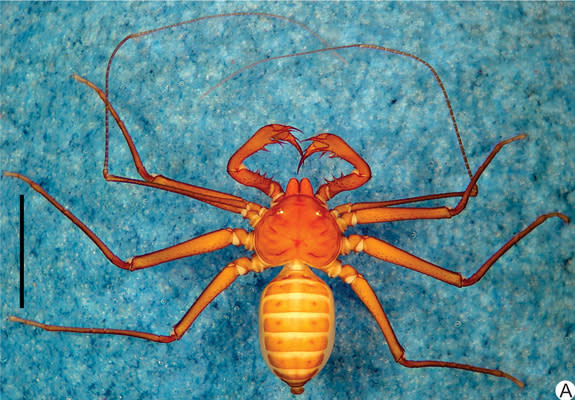Spider phylosymbiosis: divergence of widow spider species and their tissues' microbiomes, BMC Ecology and Evolution
Por um escritor misterioso
Last updated 18 junho 2024
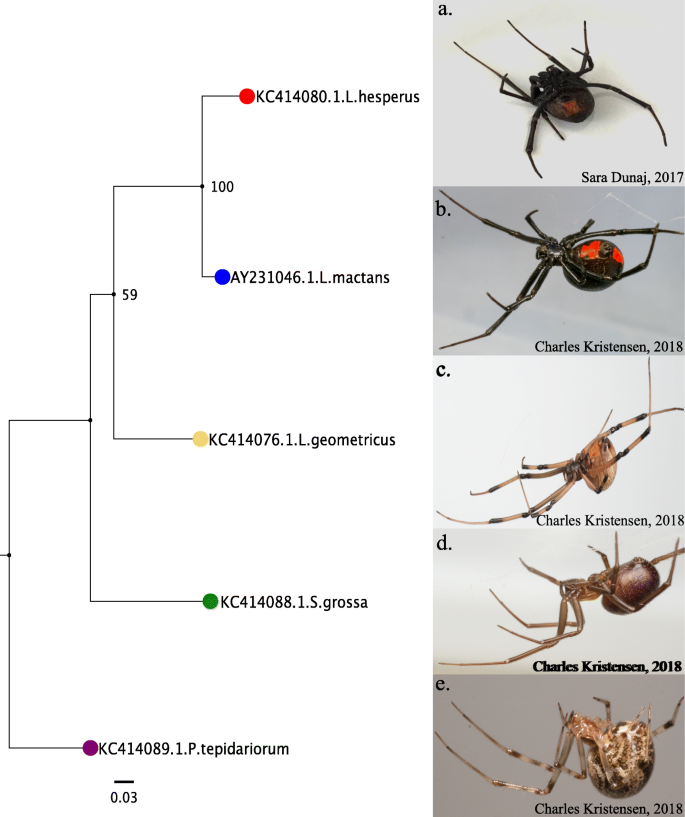
Background Microbiomes can have profound impacts on host biology and evolution, but to date, remain vastly understudied in spiders despite their unique and diverse predatory adaptations. This study evaluates closely related species of spiders and their host-microbe relationships in the context of phylosymbiosis, an eco-evolutionary pattern where the microbial community profile parallels the phylogeny of closely related host species. Using 16S rRNA gene amplicon sequencing, we characterized the microbiomes of five species with known phylogenetic relationships from the family Theridiidae, including multiple closely related widow spiders (L. hesperus, L. mactans, L. geometricus, S. grossa, and P. tepidariorum). Results We compared whole animal and tissue-specific microbiomes (cephalothorax, fat bodies, venom glands, silk glands, and ovary) in the five species to better understand the relationship between spiders and their microbial symbionts. This showed a strong congruence of the microbiome beta-diversity of the whole spiders, cephalothorax, venom glands, and silk glands when compared to their host phylogeny. Our results support phylosymbiosis in these species and across their specialized tissues. The ovary tissue microbial dendrograms also parallel the widow phylogeny, suggesting vertical transfer of species-specific bacterial symbionts. By cross-validating with RNA sequencing data obtained from the venom glands, silk glands and ovaries of L. hesperus, L. geometricus, S. grossa, and P. tepidariorum we confirmed that several microbial symbionts of interest are viably active in the host. Conclusion Together these results provide evidence that supports the importance of host-microbe interactions and the significant role microbial communities may play in the evolution and adaptation of their hosts.

House spider genome uncovers evolutionary shifts in the diversity and expression of black widow venom proteins associated with extreme toxicity, BMC Genomics
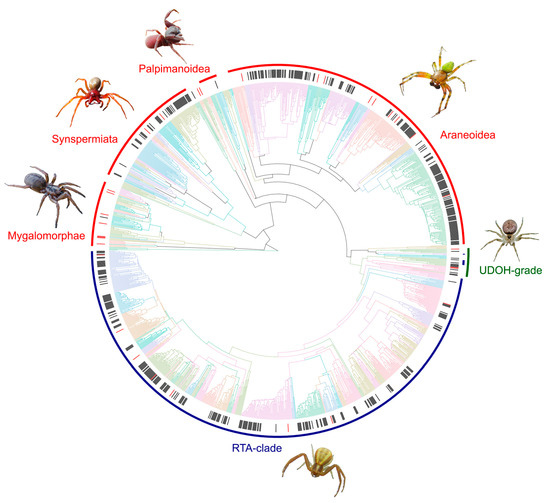
Diversity, Free Full-Text

Species-specific but not phylosymbiotic gut microbiomes of New Guinean passerine birds are shaped by diet and flight-associated gut modifications

Sara Dunaj - Senior Scientist, Bioinformatics - SeQure Dx
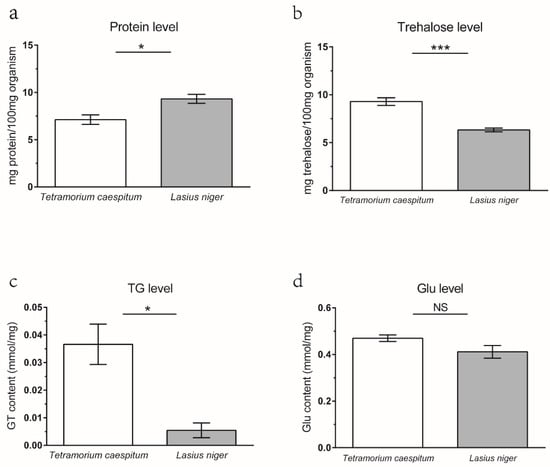
Microorganisms, Free Full-Text

PDF) Differing Dietary Nutrients and Diet-associated Bacteria has Limited Impact on Spider Gut Microbiota Composition

Alpha diversity of bacterial communities. The bacterial diversity

Sex ratio data and endosymbiont infection status grouped by matriline.
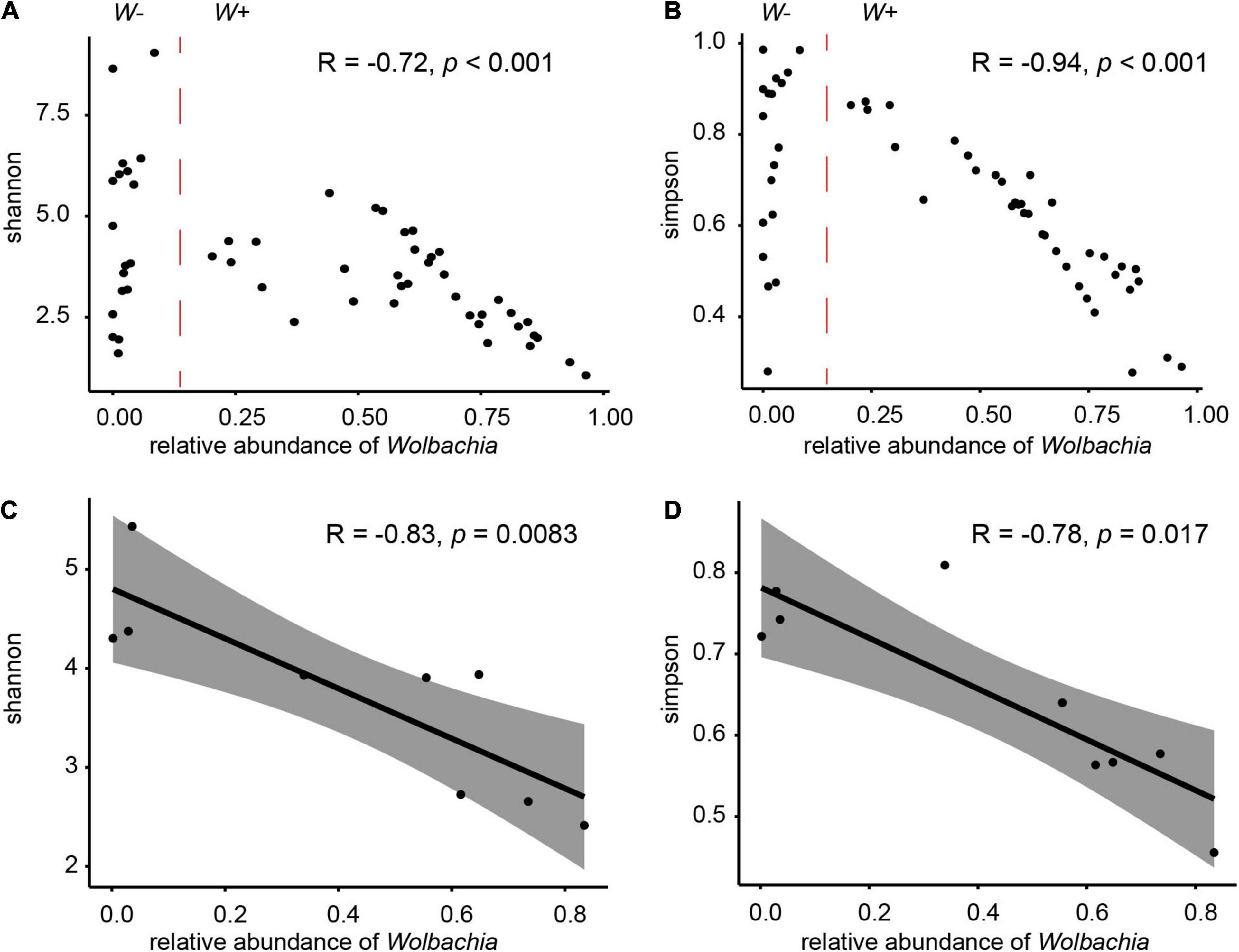
Frontiers The Phylosymbiosis Pattern Between the Fig Wasps of the Same Genus and Their Associated Microbiota
Recomendado para você
-
 Spider Identification Chart18 junho 2024
Spider Identification Chart18 junho 2024 -
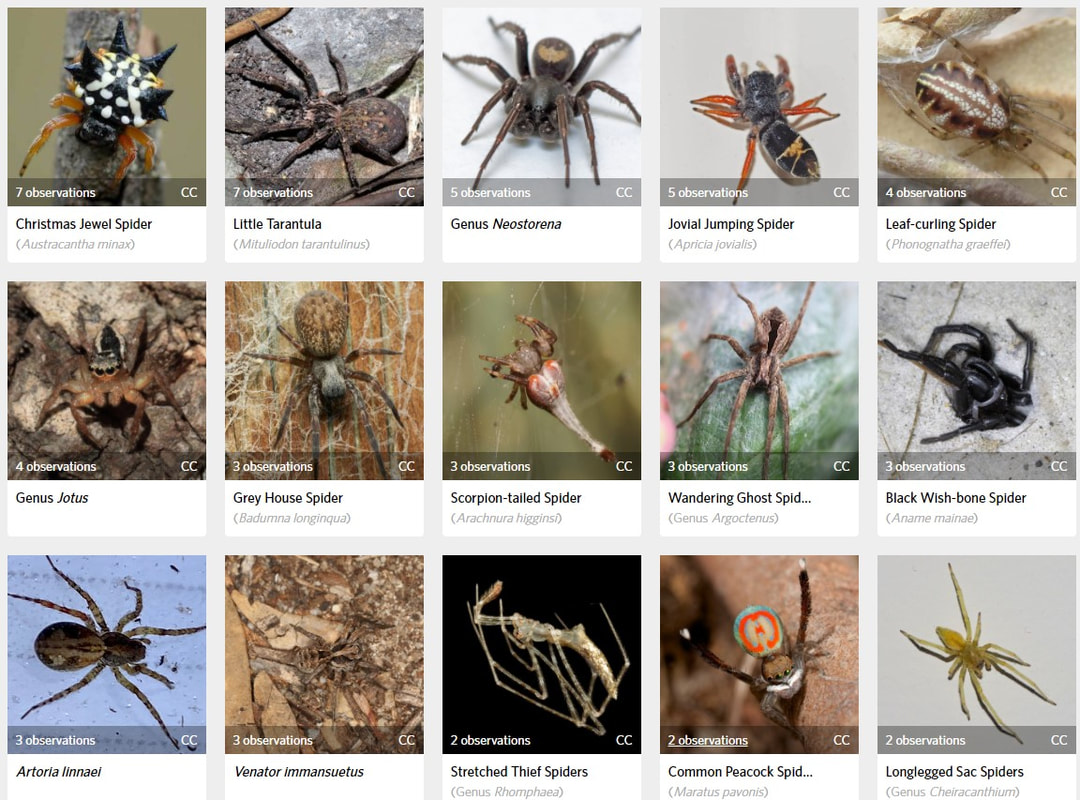 Spiders - Oyster Harbour Catchment Group18 junho 2024
Spiders - Oyster Harbour Catchment Group18 junho 2024 -
:focal(1162x775:1163x776)/https://tf-cmsv2-smithsonianmag-media.s3.amazonaws.com/filer_public/a7/a0/a7a0b2fa-de95-4198-a453-8c8cfd86121a/female_frontal.jpg) Scientists Identify 50,000th Spider Species on Earth—but Thousands More Are Waiting to Be Discovered, Smart News18 junho 2024
Scientists Identify 50,000th Spider Species on Earth—but Thousands More Are Waiting to Be Discovered, Smart News18 junho 2024 -
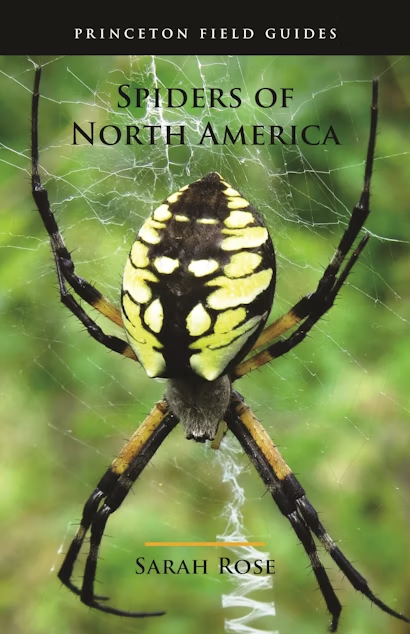 Spiders of North America18 junho 2024
Spiders of North America18 junho 2024 -
 New Species of Dancing Peacock Spider Discovered, Biology18 junho 2024
New Species of Dancing Peacock Spider Discovered, Biology18 junho 2024 -
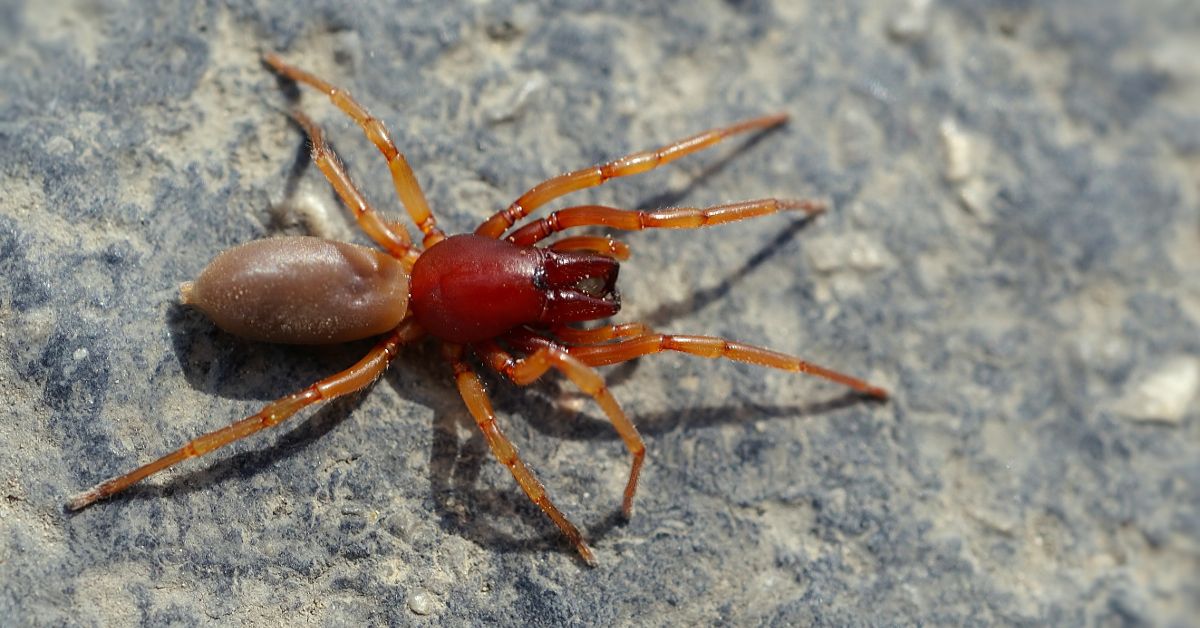 Did a 'New Deadly Spider' Species Kill Several People in the U.S. in the Summer of 2018?18 junho 2024
Did a 'New Deadly Spider' Species Kill Several People in the U.S. in the Summer of 2018?18 junho 2024 -
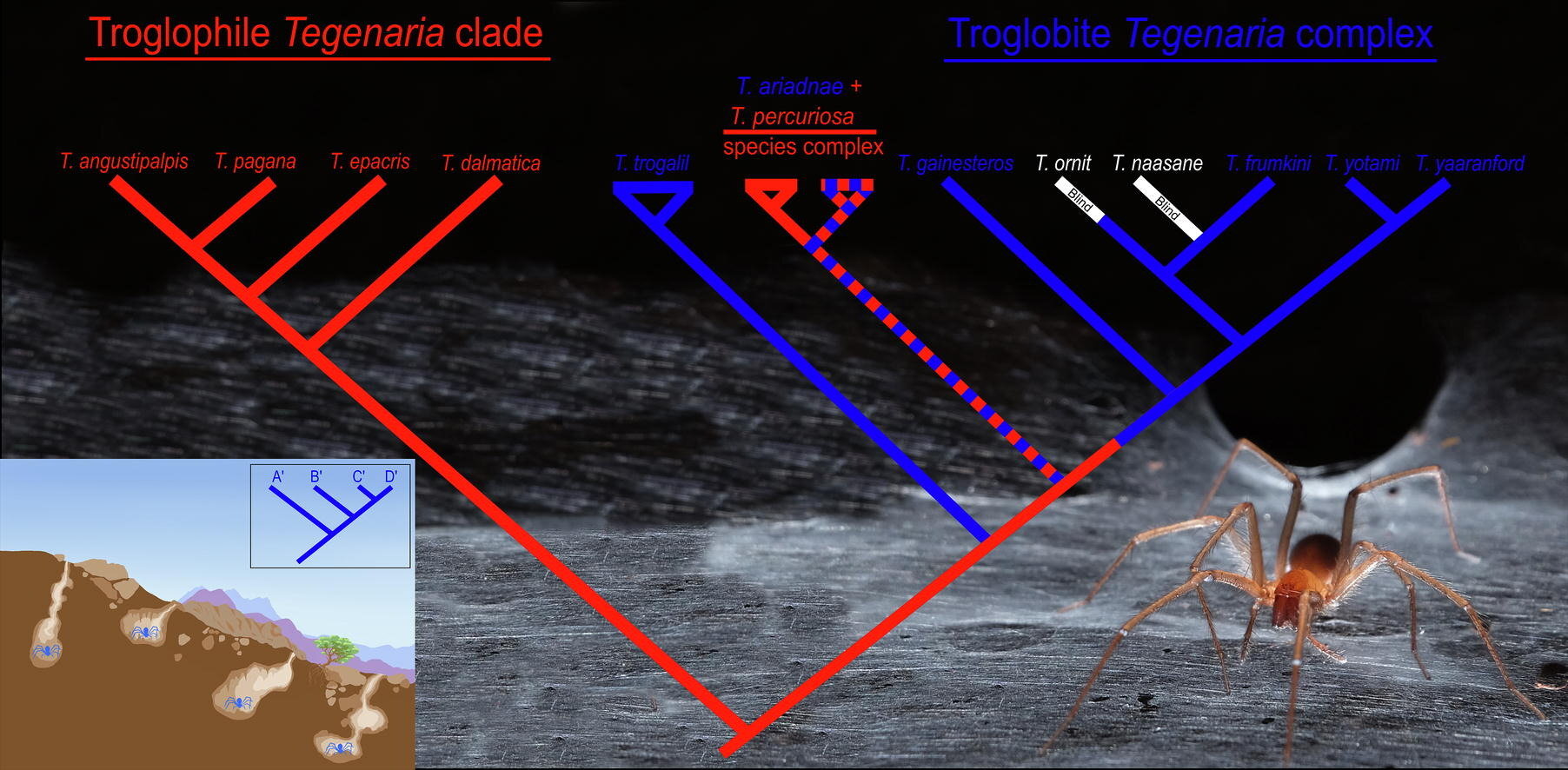 7 new spider species discovered in caves in Israel18 junho 2024
7 new spider species discovered in caves in Israel18 junho 2024 -
Scientists Find 8 New Species of Spider with Whiplike Legs18 junho 2024
-
 5 Venomous Spiders in Massachusetts this Winter – How to Deal with A Spider Invasion in Eastern Massachusetts18 junho 2024
5 Venomous Spiders in Massachusetts this Winter – How to Deal with A Spider Invasion in Eastern Massachusetts18 junho 2024 -
 Velvet Spider Facts, Identifications, & Pictures in 202318 junho 2024
Velvet Spider Facts, Identifications, & Pictures in 202318 junho 2024
você pode gostar
-
SIGA PARA MEMES TODOS OS DIAS ♡ #perolas #meme #tiktok #viral #humor #18 junho 2024
-
 Cross Sans Impossible Blank Template - Imgflip18 junho 2024
Cross Sans Impossible Blank Template - Imgflip18 junho 2024 -
Alphabet Lore (A-Z), Z vs Z #memes #meme #song #animation #abc #z18 junho 2024
-
Chara, Villains Wiki18 junho 2024
-
![Oscar's Oasis - JANUARY COMPILATION [ 25 MINUTES ]](https://i.ytimg.com/vi/fApgNpjYOjM/maxresdefault.jpg) Oscar's Oasis - JANUARY COMPILATION [ 25 MINUTES ]18 junho 2024
Oscar's Oasis - JANUARY COMPILATION [ 25 MINUTES ]18 junho 2024 -
 Oakley Logo18 junho 2024
Oakley Logo18 junho 2024 -
Spider-Man 2 (Movie) - Game Boy Advance18 junho 2024
-
 Carolina Herrera Very Good Girl Eau De Parfum (50ml)18 junho 2024
Carolina Herrera Very Good Girl Eau De Parfum (50ml)18 junho 2024 -
A computer generated image of an orange and black object photo – Editing background Image on Unsplash18 junho 2024
-
 Morse's components of empathy. Component Definition18 junho 2024
Morse's components of empathy. Component Definition18 junho 2024
